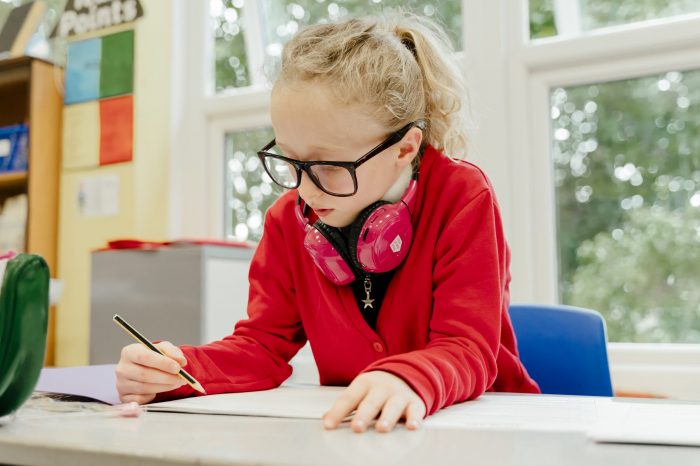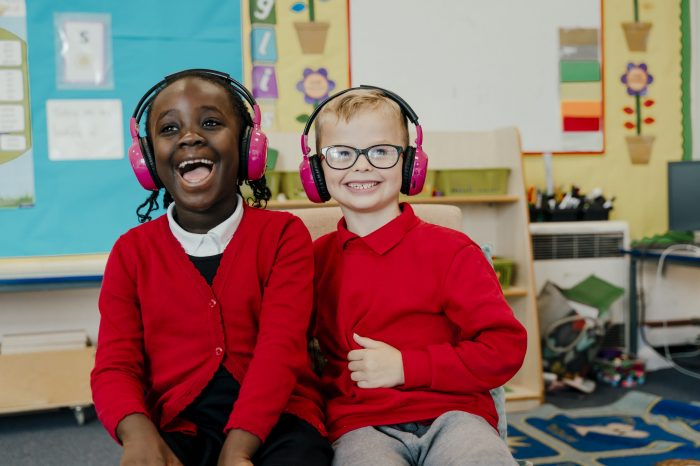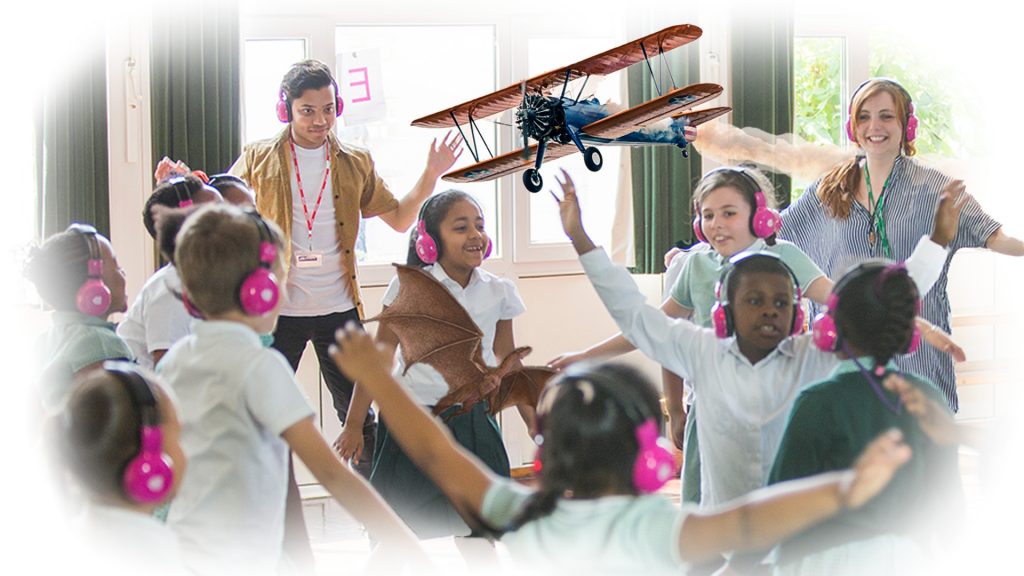
Gemma Williams is an Assistant Headteacher at Star Primary School in Newham. The school is located in a deprived area of East London and has a very high proportion of children from disadvantaged backgrounds and ethnic minorities. Ms Williams is Phase leader for Years 5 and 6, as well as leading on whole school digital strategy.
Find out below how now>press>play helps the school extend their children’s life experiences within the classroom.
When she took over the role of digital strategy lead, one of her first decisions was to bring now>press>play into the school as she knew from previous experience that it was a “fantastic resource.” It is particularly well suited to providing children from disadvantaged backgrounds with essential life experiences they may never have come across previously:
Those children just wouldn't have had those opportunities before. Some of them have never even been on the Tube, for example. To be able to immerse them into another world, and really get their imaginations flowing, I thought actually, what a brilliant and easy resource to use for our school.
Gemma Williams, Assistant Headteacher, Star Primary School
How is now>press>play used?
Staff at Star Primary map out now>press>play Experiences across the year for each year group, with one Experience planned every half-term for each year group. Generally, Experiences are used at the beginning of the topic, as a hook to engage pupils:
[The Experiences] match our topics brilliantly, we don't have any gaps at all. We actually use now>press>play as the learning hook for each of the topics, to get the children excited about the learning.
Gemma Williams, Assistant Headteacher, Star Primary School
Teachers also use now>press>play to build up the topic-based tier 3 vocabulary the children will need to use later on. The glossary provided for each Experience is shared with the children before they listen to the story, and then displayed during the Experience and afterwards in plenary discussions.
It's just a great opportunity for them to hear it in action, and then be able to use it in their own learning after the Experience.
Gemma Williams, Assistant Headteacher, Star Primary School
now>press>play is used across all year groups in the school, including Reception and Nursery. Whilst Reception children are old enough to be able to access the Experience as a whole class, it is used slightly differently in Nursery: the Experience is broken down into shorter chunks and small groups of children will access it as part of their free-flow play experience, supported by an adult. now>press>play fits well with the early learning outcomes for Reception as it requires children to follow instructions, listen to a story, talk about what they’ve heard afterwards, and encourages co-operation.
The school also uses the now>press>play headsets for other purposes as well, for instance listening to audio clips for meditation or sound effects as stimulus for writing:
You can use the now>press>play headsets to actually give them sound effects. It's fully immersive when you're listening to headphones, rather than just listening through the TV speakers. That's worked brilliantly for us.
Gemma Williams, Assistant Headteacher, Star Primary School

Where has now>press>play made most impact?
First and foremost, now>press>play is very successful in engaging pupils in their learning.
They love it. I normally deliver the box to the classroom, and as soon as you open the door, you can see their faces, and they're going, “Yes, now>press>play!” That's the response you want, with anything that you're learning, it's that immediate connection, “I know I'm going to be doing something really great,” and that's reflected across the school.
Gemma Williams, Assistant Headteacher, Star Primary School
Ms Williams explains how now>press>play has particularly helped disadvantaged children to gain those important life experiences they may have missed out on previously:
Some of our disadvantaged children might not have the luxury of being taken to museums to look at wonderful artefacts; they don't get to go to the cinema to watch movies, they might not even have a TV, or a computer, or any kind of device at home. Giving them the opportunity to access a resource like this is great. We can give them these experiences in school, that they can't get at home… [For instance] our children love listening to stories, but they might not necessarily get that in their home environment, somebody sitting them down and reading them a story. It’s immersing them in a different world.
Gemma Williams, Assistant Headteacher, Star Primary School
now>press>play also helps children to achieve oracy outcomes, and they show good retention of the knowledge they have acquired through the Experience.
It’s also oracy outcomes for pupils, because they're talking about the Experience before and after; it's enriching their vocabulary as well.
Gemma Williams, Assistant Headteacher, Star Primary School

From a teacher’s perspective
As Digital Strategy Lead, Ms Williams commented that teachers across the school are keen to employ now>press>play in their lessons as it is very easy to use. The glossaries are also very useful as the National Curriculum does not always include a list of key vocabulary for each topic.
I see it from the teachers as well, because it's just so easy to set up, and easy to follow, the buy-in that we have had has been phenomenal.
Gemma Williams, Assistant Headteacher, Star Primary School
This case study was created for our 2022 Product Impact Report — check out the full report and its key findings here. Many thanks to Gemma Williams and Star Primary School for sharing their use and impact of now>press>play.
